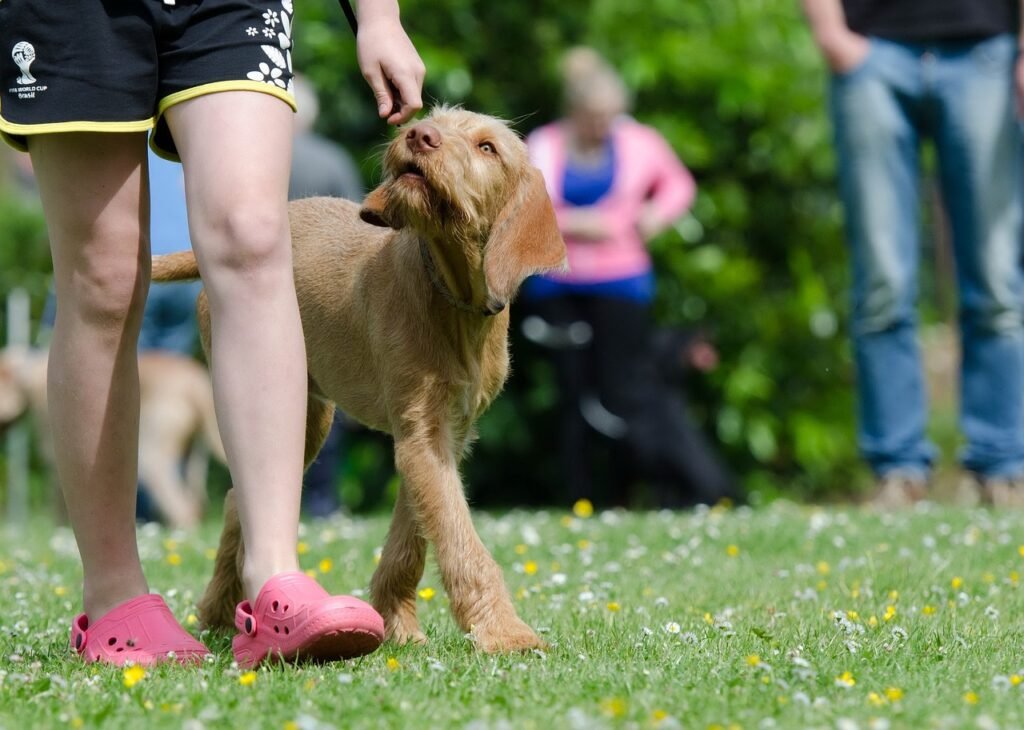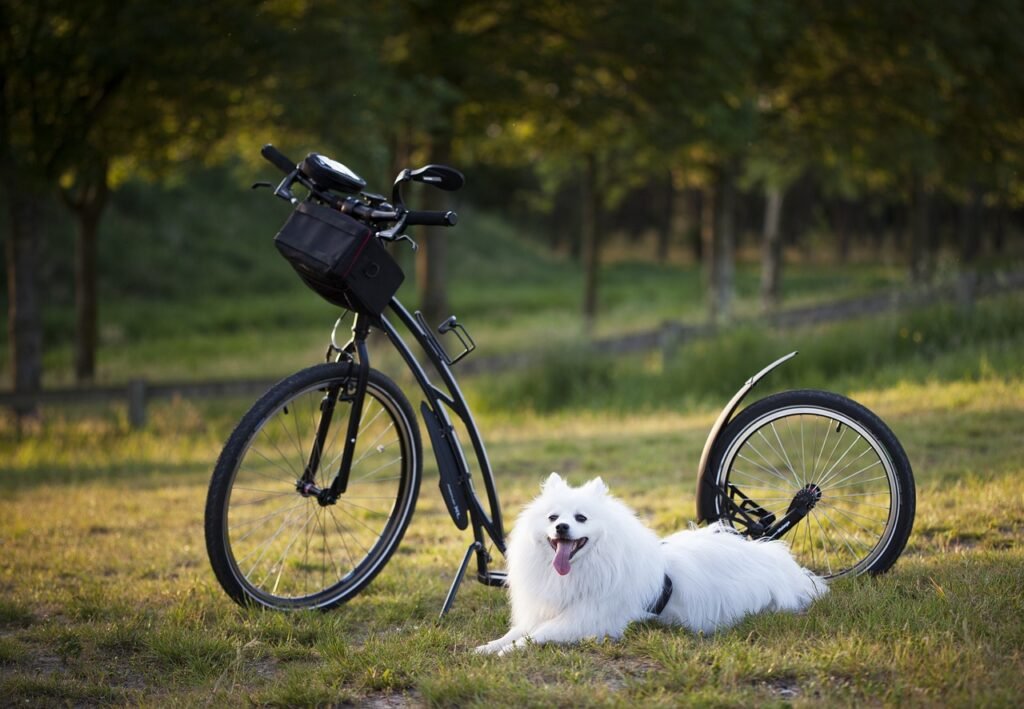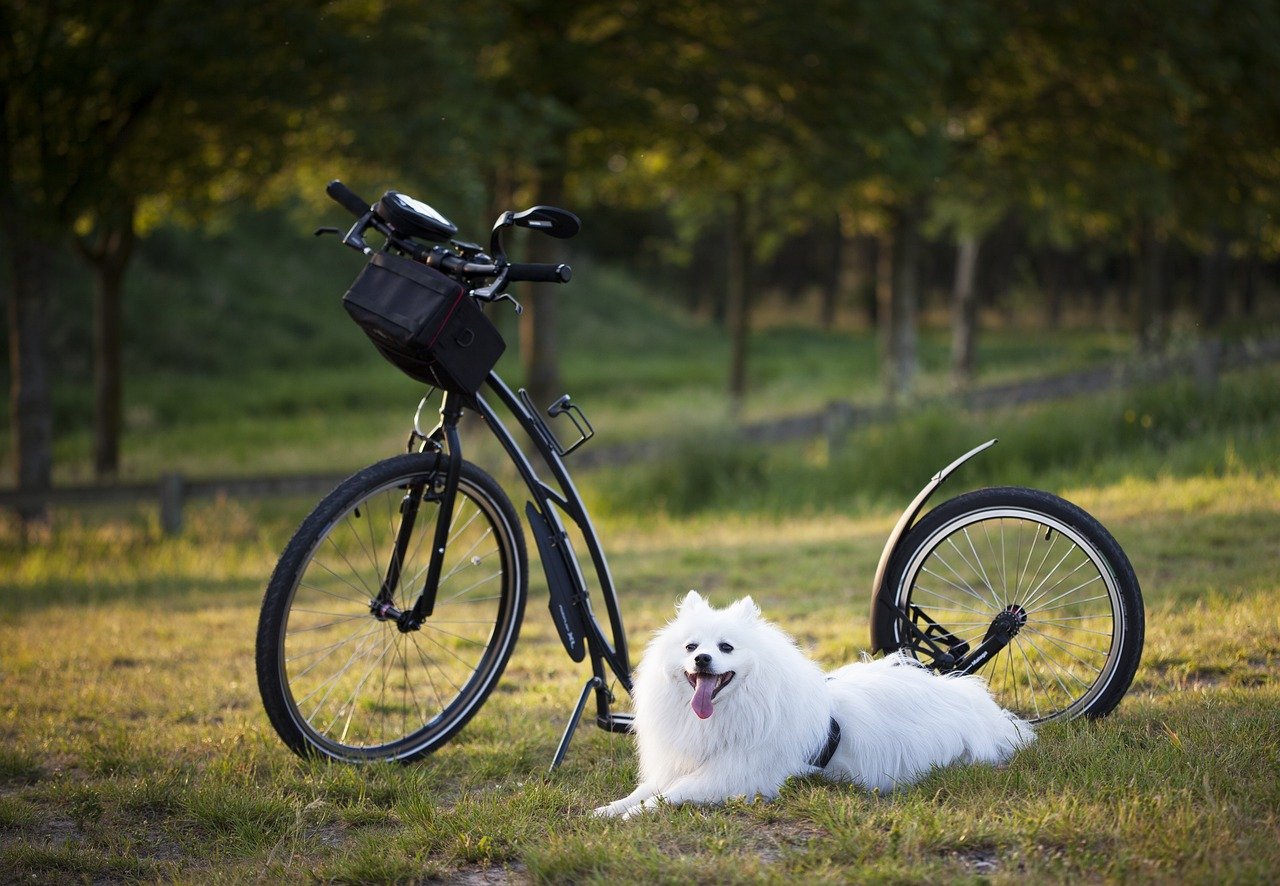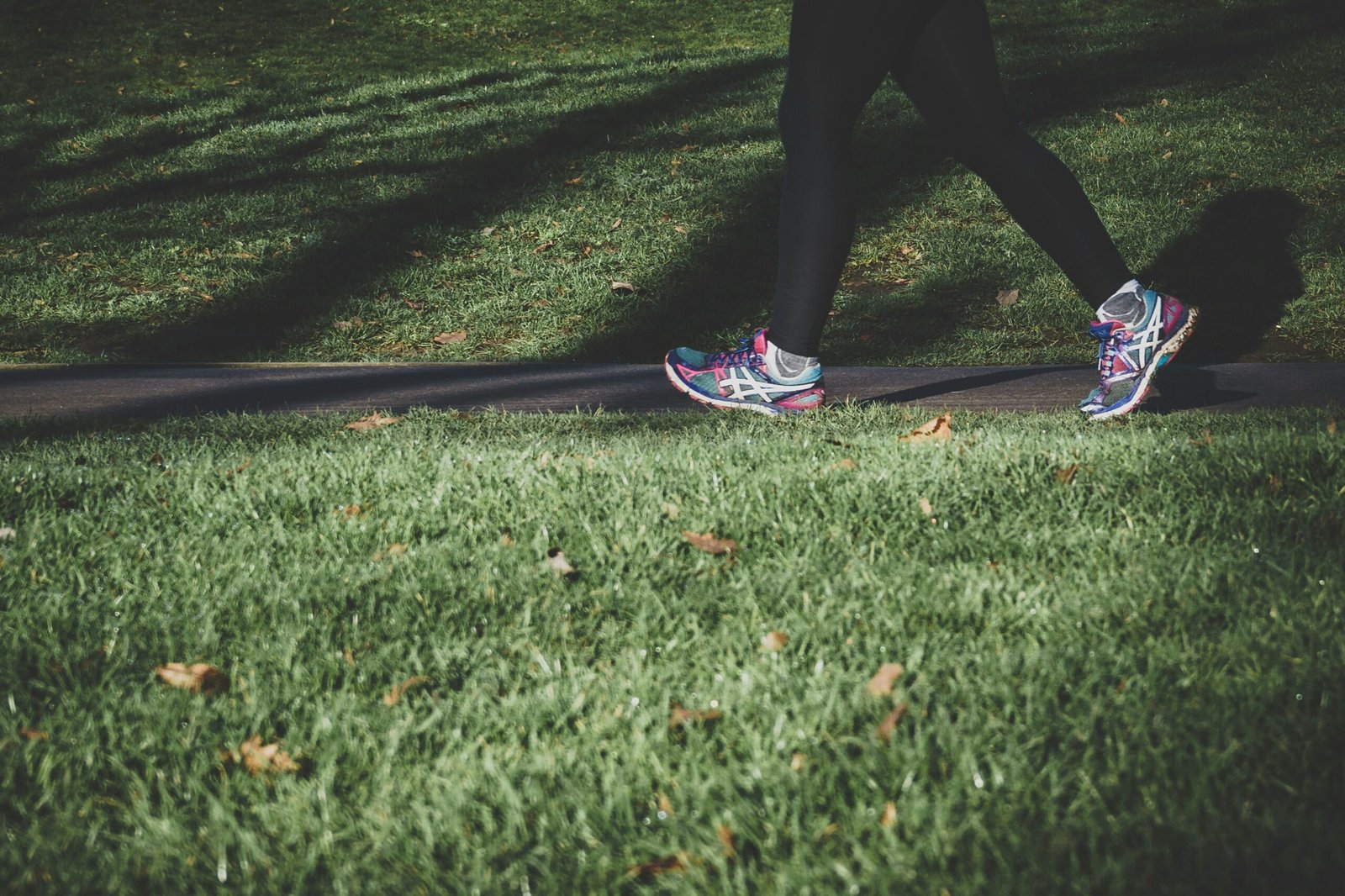Are you a proud owner of a majestic King Doberman but are struggling with training? Look no further! In this article, we will explore the most effective training methods to unlock the full potential of your King Doberman. From basic obedience to advanced commands, you will learn techniques that are specially tailored to the unique intelligence and energy of these regal dogs. Whether your goal is to enhance their natural guarding instincts or simply establish a strong bond, these training methods will surely help you and your King Doberman thrive together. Get ready to discover the secrets to unlock your dog’s true potential!

This image is property of pixabay.com.
Understanding King Dobermans
King Dobermans are a unique breed with a rich history and distinctive characteristics. They were originally bred in Germany by a tax collector named Louis Dobermann, who wanted a loyal and protective dog. The King Doberman is known for its regal appearance, with a muscular body, sleek coat, and cropped ears. They are intelligent, alert, and have a strong protective instinct. Understanding their temperament and behavior is essential for successful training and a harmonious relationship.
History and characteristics of King Dobermans
The history of King Dobermans can be traced back to the late 19th century in Germany. Louis Dobermann selectively bred several dog breeds, including the Rottweiler, German Pinscher, Greyhound, and Weimaraner, to create a versatile and reliable working dog. The resulting breed, known as the Doberman Pinscher, quickly gained popularity and was later enhanced to create the King Doberman, a larger and more robust variant.
King Dobermans possess several distinctive characteristics. Their muscular build, deep chest, and elegant gait give them an air of confidence and strength. Their short coat can come in various colors, including black, blue, fawn, and red. With proper training and socialization, they can be loyal, obedient, and gentle companions. However, their protective nature can also make them wary of strangers, making early training and socialization crucial.
Understanding their temperament and behavior
To successfully train and bond with a King Doberman, it is essential to understand their temperament and behavior. These dogs are highly intelligent and have a strong desire to please their owners. They are known to be loyal, affectionate, and protective. However, they can also be stubborn and independent at times, requiring consistent and patient training.
King Dobermans are known for their alertness and natural instinct to protect their family and territory. While this makes them excellent guard dogs, it also means they may be suspicious of strangers. Early socialization is vital to prevent aggression and ensure they remain confident and well-behaved in various situations.
Additionally, King Dobermans thrive in an environment with clear routines and structure. Providing them with consistent training and boundaries helps them feel secure and minimizes behavioral issues. Creating a positive and rewarding training environment fosters trust and strengthens the bond between you and your King Doberman.
Setting the Foundation for Training
Before diving into specific training techniques, it is crucial to establish a strong foundation of trust and bonding with your King Doberman. This foundation will serve as the building blocks for successful training and a lifelong relationship.
Establishing trust and bonding
Building trust with your King Doberman requires patience, consistency, and positive reinforcement. Spend quality time with your dog, engaging in activities they enjoy, such as playtime, walks, or grooming. Use this time to establish a bond based on trust and mutual respect.
Engage in gentle handling and touch to familiarize your King Doberman with physical contact. Reward them with praise, treats, or play whenever they display calm and relaxed behavior during these interactions. This positive reinforcement will help them associate touch with pleasant experiences and build trust.
Creating a structured and consistent routine
King Dobermans thrive in an environment with clear routines and consistent training. Establish regular feeding and exercise schedules to provide structure in their daily lives. This predictability helps alleviate anxiety and provides a foundation for training.
Consistency is key when it comes to training commands and rules. Use the same cues and signals consistently, ensuring everyone in the household follows the same protocols. This consistent approach helps your King Doberman understand what is expected of them and what behaviors are rewarded.
Creating a positive and rewarding environment
Positive reinforcement is an effective training technique for King Dobermans. Rewarding desired behaviors with treats, verbal praise, or play creates a positive association and motivates them to continue behaving well. Avoid punishment-based training methods, as they can lead to fear or aggression.
Keep training sessions short and engaging, focusing on a single command or behavior at a time. End each session on a positive note, even if progress may be minimal. Consistency, patience, and a positive mindset lay the groundwork for effective training and a well-behaved King Doberman.

This image is property of pixabay.com.
Basic Obedience Training
Basic obedience training lays the foundation for your King Doberman to become a well-mannered and obedient companion. Teaching essential commands such as sit, stay, and come ensures their safety and enables you to have control in various situations.
Teaching essential commands like sit, stay, and come
Start with basic commands like sit, stay, and come, as they are the building blocks of obedience training. Use positive reinforcement techniques, rewarding your King Doberman with treats and praise when they successfully perform the command. Consistency and repetition are essential for them to grasp these commands.
When teaching sit, hold a treat above their nose and slowly move it backward. As their head follows the treat, their rear end should naturally lower into a seated position. Praise them and give them the treat as soon as they sit. Repeat this process until they consistently respond to the “sit” command.
To teach stay, start with your King Doberman in a sitting position. Put your hand up in a “stop” gesture while saying “stay.” Take a step backward and reward them if they maintain the sitting position. Gradually increase the distance and duration of the stay command, always rewarding them for staying put.
For the “come” command, begin the training in a low-distraction environment. Crouch down and open your arms while calling their name followed by “come.” When they approach you, reward them with treats and praise. Gradually increase the difficulty by practicing in different locations and increasing distractions.
Using positive reinforcement techniques
Positive reinforcement is a powerful training method for King Dobermans. It involves rewarding desired behaviors with treats, verbal praise, and affection. When your dog performs a command correctly or exhibits good behavior, promptly reward them to reinforce the positive association.
Consistency in using positive reinforcement is crucial. Whenever your King Doberman responds correctly to a command, reward them immediately and enthusiastically. This consistent positive feedback helps them understand that they are doing the right thing.
Practicing consistency and repetition
Consistency and repetition are key elements of successful obedience training. Use the same commands, gestures, and cues consistently to ensure your King Doberman understands what is expected of them. Reinforce these commands in various environments to solidify their understanding.
Practice training commands daily, gradually increasing the difficulty level to challenge your King Doberman. Repetition helps reinforce the learned behaviors and ensures your dog responds reliably in different situations. Training should be an ongoing process to maintain and strengthen your King Doberman’s obedience skills.
Socialization Skills
Socializing your King Doberman from an early age is vital for their development and overall behavior. Proper socialization ensures they can adapt and remain calm and confident in various environments and social situations.
Introducing King Dobermans to various environments and situations
Expose your King Doberman to various environments and situations during their early development stages. Introduce them to different indoor and outdoor environments, such as parks, streets, and public spaces. Gradually expose them to different stimuli, such as traffic sounds, crowds, and other animals.
Start in less stimulating environments and gradually increase the level of exposure. This controlled introduction helps prevent overwhelming experiences and ensures positive associations with new environments. Be present to provide reassurance and comfort during these experiences.
Introducing them to different people, animals, and stimuli
To ensure your King Doberman becomes well-socialized, introduce them to a variety of people, animals, and stimuli. Arrange controlled interactions with friendly and calm individuals of different ages, genders, and ethnic backgrounds.
Expose them to other dogs, preferably in a controlled and supervised setting, such as a reputable dog park or training class. Gradual introductions encourage positive interactions, enabling your King Doberman to develop appropriate social skills.
Introduce your King Doberman to various stimuli, such as different sounds, textures, and objects. This exposure helps minimize fear or anxiety that may arise in unfamiliar situations. Gradually increase the intensity of the stimuli as your dog becomes more comfortable and confident.
Positive reinforcement for good behavior during socialization
During socialization, it is essential to reinforce good behavior positively. Reward your King Doberman with treats, praise, or play whenever they display calm and friendly behavior towards people, animals, or stimuli. This positive reinforcement encourages them to continue exhibiting desirable behavior.
Be patient during socialization as your King Doberman may initially be cautious or anxious in unfamiliar situations. Avoid forcing them into uncomfortable situations, and provide support and reassurance when needed. Consistency, patience, and positive reinforcement will help your King Doberman become well-adjusted and comfortable in various social settings.

This image is property of pixabay.com.
Advanced Training Techniques
Once your King Doberman has mastered basic obedience commands, you can move on to advanced training techniques. Advanced training further challenges their intelligence, enhances their abilities, and strengthens the bond between you.
Training for off-leash control and recall
Training your King Doberman for off-leash control and recall is an important skill for their safety and freedom. Start in a secure and familiar area before gradually transitioning to more open spaces.
Teach the recall command by using a long training lead in a distraction-free environment. Call your dog’s name followed by the command “come” and gently reel them in using the lead. Reward them with treats and praise when they come to you successfully. Gradually increase the distance and distractions as they improve.
Off-leash control can be achieved through consistent training on a long lead and gradually allowing freedom while practicing commands. Always provide positive reinforcement and reward good behavior during off-leash training.
Teaching complex commands and tricks
Building on the foundation of basic obedience commands, teaching complex commands and tricks is a fun way to stimulate your King Doberman’s mind and improve their overall obedience.
Start with commands like “leave it,” “drop it,” and “heel.” These commands promote impulse control and obedience in different situations. Use positive reinforcement techniques and gradually increase the difficulty level as your King Doberman masters each command.
Once the basics are established, you can move on to teaching fun tricks like “shake hands,” “roll over,” or “play dead.” These tricks provide mental stimulation, strengthen the bond between you and your King Doberman, and showcase their intelligence.
Utilizing clicker training and target training
Clicker training and target training are effective techniques for advanced training with King Dobermans. Clicker training involves using a clicker to mark desired behaviors, followed by a reward. This precise timing helps the dog associate the click with the correct behavior.
Target training utilizes a target stick or object to guide your King Doberman into performing specific actions. By teaching them to touch the target with their nose or paw, you can shape their behavior and create complex commands or tricks.
Both clicker training and target training require consistency and precise timing. These techniques tap into your King Doberman’s intelligence and reinforce desired behaviors through positive reinforcement.
Problem Solving and Behavior Modification
Even with proper training and socialization, King Dobermans can sometimes exhibit problem behaviors that require addressing. Identifying and addressing these issues with positive reinforcement techniques is essential for their well-being and your peace of mind.
Identifying common behavior issues in King Dobermans
King Dobermans may display behavior issues such as leash pulling, excessive barking, separation anxiety, or aggression towards other animals. It is essential to identify the underlying causes of these behaviors to address them effectively.
Leash pulling can stem from a lack of leash manners training or pent-up energy. Excessive barking may indicate boredom, fear, or alertness. Separation anxiety typically arises from a fear of being left alone, while aggression can be a result of fear, territorial instincts, or inadequate socialization.
Implementing positive reinforcement to address problems
When addressing behavior issues, positive reinforcement techniques can be highly effective. For example, to tackle leash pulling, reward your King Doberman for walking calmly by your side using treats and praise. Consistency and patience are crucial in helping them understand the desired behavior.
To alleviate separation anxiety, gradually desensitize your dog to your departures by practicing short absences and gradually increasing the duration. Offer puzzle toys or treat-dispensing toys to keep them occupied and positively associate your absence with a rewarding experience.
Addressing aggression towards other animals requires controlled socialization and positive reinforcement techniques. Gradual exposure under controlled circumstances, along with rewards for calm behavior, can help your King Doberman overcome their aggression.
Seeking professional help when necessary
In some cases, behavior issues may require the guidance and expertise of a professional dog trainer or behaviorist. If your King Doberman displays severe aggression, fear, or anxiety, seeking professional help is essential. A qualified trainer can provide customized training and behavior modification plans tailored to your dog’s specific needs.
Professional trainers can work closely with you to address complex behavior issues and provide you with the tools and knowledge necessary to create positive change. Their expertise ensures the safety and well-being of both you and your King Doberman.
Exercise and Mental Stimulation
King Dobermans are high-energy dogs that require a balance of physical exercise and mental stimulation to thrive. Engaging them in regular exercise routines and providing various activities that challenge their intelligence helps keep them physically and mentally healthy.
Understanding the physical and mental exercise needs of King Dobermans
King Dobermans have abundant energy and need regular physical exercise to stay fit and content. Daily walks, runs, or play sessions in a secure area provide an outlet for their energy. Providing a mix of aerobic exercises and activities that engage their natural instincts helps prevent boredom and destructive behaviors.
Mental stimulation is equally important for King Dobermans. Engaging their minds with puzzle toys, interactive feeders, and training sessions challenges their intelligence and prevents behavioral issues resulting from boredom or frustration.
Providing structured exercise routines
Establishing a consistent exercise routine is crucial for meeting the physical needs of your King Doberman. Aim for at least one hour of exercise every day, including a mix of moderate-intensity activities like brisk walks or jogs. Consider incorporating mental stimulation activities, such as obedience training or puzzle toys, into their exercise routine to provide mental exercise as well.
Ensure the safety of your King Doberman during exercise by using secure leashes or harnesses. Avoid excessive exercise in extreme weather conditions to prevent overheating or paw pad injuries. Consult your veterinarian for specific exercise recommendations based on your dog’s age, health, and individual needs.
Engaging in activities that challenge their intelligence
King Dobermans have a keen intellect and thrive on mental stimulation. Engage them in activities that challenge their problem-solving skills, such as puzzle toys or interactive games. Hide treats or toys around the house or yard for them to find, encouraging them to use their scenting abilities.
Obedience training sessions, in addition to reinforcing basic commands, provide mental stimulation and strengthen the bond with your King Doberman. Teach them new tricks or commands to challenge their ability to learn and adapt.
Consider participating in advanced training classes, such as agility or scent work, which provide both physical and mental exercise for your King Doberman. These activities tap into their natural instincts and provide an outlet for their energy while further strengthening the bond between you.
Leash Training and Control
Leash training is an essential skill for King Dobermans to ensure their safety and control while out in public. Teaching them to walk calmly on a leash and respond to commands helps create a pleasant and enjoyable walking experience for both you and your dog.
Choosing the right leash and collar
When choosing a leash for your King Doberman, opt for a sturdy and comfortable option. A leash with an appropriate length, such as a standard 6-foot leash, provides you with control while still allowing your dog some freedom to explore. Consider using a harness rather than a collar, as it reduces strain on their neck and provides better control.
Ensure the collar or harness fits securely without causing discomfort or rubbing. It’s important to periodically check the fit and adjust as your King Doberman grows.
Teaching loose leash walking
Loose leash walking is a fundamental skill to teach your King Doberman. Start training in a low-distraction environment, gradually increasing the difficulty level as they improve.
Use positive reinforcement techniques to reward your dog for walking calmly beside you without tension on the leash. Encourage them with treats, praise, or play whenever they maintain a loose leash. If they start to pull, stop walking and wait for them to return to your side before continuing.
Practice regular leash training sessions, gradually introducing more distractions and different environments. Consistency, patience, and positive reinforcement are key to successfully teaching loose leash walking to your King Doberman.
Using positive reinforcement to reinforce leash manners
Positive reinforcement is an effective technique for reinforcing good leash manners in your King Doberman. Whenever they display calm and controlled behavior on the leash, reward them with treats, praise, or play.
Avoid using punishment or leash corrections, as they can create a negative association with the leash and lead to fear or anxiety. Focus on rewarding desired behaviors and redirecting unwanted behaviors to encourage positive leash manners.
Always be patient during leash training, as it may take time for your King Doberman to develop good leash manners. Consistency, positive reinforcement, and a calm and confident demeanor will help create a pleasant and well-behaved walking experience.
Training Tools and Equipment
Choosing the right training tools and equipment is crucial for effective and humane training methods with King Dobermans. Understanding the different options available and using them responsibly and ethically helps create a safe and productive training environment.
Understanding the different training tools available
There is a variety of training tools available to assist in the training of King Dobermans. Some common tools include flat collars, martingale collars, head halters, harnesses, and clickers.
Flat collars are suitable for basic leash training and holding identification tags. Martingale collars provide more control without choking, making them useful for dogs prone to slipping out of collars.
Head halters, such as a gentle leader or halti, provide excellent control for dogs that pull on the leash. When used correctly, they are effective without causing discomfort. Harnesses distribute the pressure more evenly across the dog’s body and are a great option for dogs prone to neck or throat sensitivity.
Clickers are often used for clicker training, marking desired behaviors with a distinct sound. They provide clear and precise communication between trainer and dog.
Choosing the appropriate tools for King Dobermans
The choice of training tools for your King Doberman should be based on their individual needs and training goals. Consider their size, behavior, and any specific training challenges they may have.
For basic obedience training and loose leash walking, a flat collar or martingale collar may be suitable. If your King Doberman tends to pull on the leash, a head halter or harness can provide better control and prevent discomfort or injury.
Clickers are an excellent tool for shaping desired behaviors and targeting specific actions. Consider incorporating clicker training into your King Doberman’s training routine for more precise communication and reinforcement.
Research and consult with professional trainers or experienced dog owners to determine the most appropriate training tools for your King Doberman’s specific needs.
Using tools responsibly and ethically
When using training tools, it is essential to use them responsibly and ethically. Ensure that any tools used are properly fitted and do not cause discomfort or harm to your King Doberman. Regularly check the fit and condition of collars, harnesses, and other equipment to ensure they remain safe and effective.
Always follow the instructions provided by manufacturers, trainers, or professionals when using training tools. Incorrect or excessive use of tools can lead to physical or emotional harm to your King Doberman, undermining the training process.
Remember that training tools should never be a substitute for proper training techniques and positive reinforcement. They should complement the training process, helping your King Doberman understand and respond to commands more effectively.
Consistency and Patience
Consistency and patience are essential qualities when training a King Doberman. Understanding the importance of these attributes and celebrating small victories along the way will ensure a positive and successful training experience.
Emphasizing the importance of consistency in training
Consistency is vital for effective training with King Dobermans. Dogs thrive on routines and clear expectations. Use consistent commands, signals, and reinforcement to ensure your King Doberman understands what is expected of them.
Consistency extends beyond training sessions. It involves reinforcing house rules, daily routines, and expectations consistently. Consistency helps your King Doberman understand boundaries and promotes overall obedience and good behavior.
Practicing patience during the training process
Training a King Doberman requires patience and understanding. Each dog learns at their own pace, and progress may vary. Be patient with your dog and avoid becoming frustrated or overwhelmed. Positive reinforcement and consistency will yield better results than impatience or punishment.
Break training sessions into short, manageable periods to prevent mental fatigue or frustration. Celebrate small victories and incremental progress, even if it seems minimal. Patience and a positive attitude will help build a strong and lasting bond with your King Doberman.
Celebrating small victories and progress
Throughout the training process, it is important to celebrate small victories and progress. Each time your King Doberman successfully performs a command or exhibits desirable behavior, acknowledge and reward their efforts.
Celebrate milestones, no matter how small. Praise your King Doberman enthusiastically, provide treats or playtime, and express your pride. These positive reinforcements will motivate your dog and strengthen the bond between you.
Remember that training is a journey, and progress takes time. By celebrating even the smallest steps forward, you can ensure a positive and rewarding training experience for both you and your King Doberman.
In conclusion, understanding the history, characteristics, temperament, and behavior of King Dobermans is crucial for successful training. Setting a strong foundation through trust, bonding, consistent routines, and positive reinforcement lays the groundwork for obedience and good behavior. Basic obedience training, socialization, advanced training techniques, problem-solving, and exercise are essential components of a comprehensive training program. Responsible use of training tools, consistent and patient training, and celebration of progress are key to unlocking the immense potential of King Dobermans. With love, care, and proper training, they can become loyal, well-mannered, and enjoyable companions for life.



